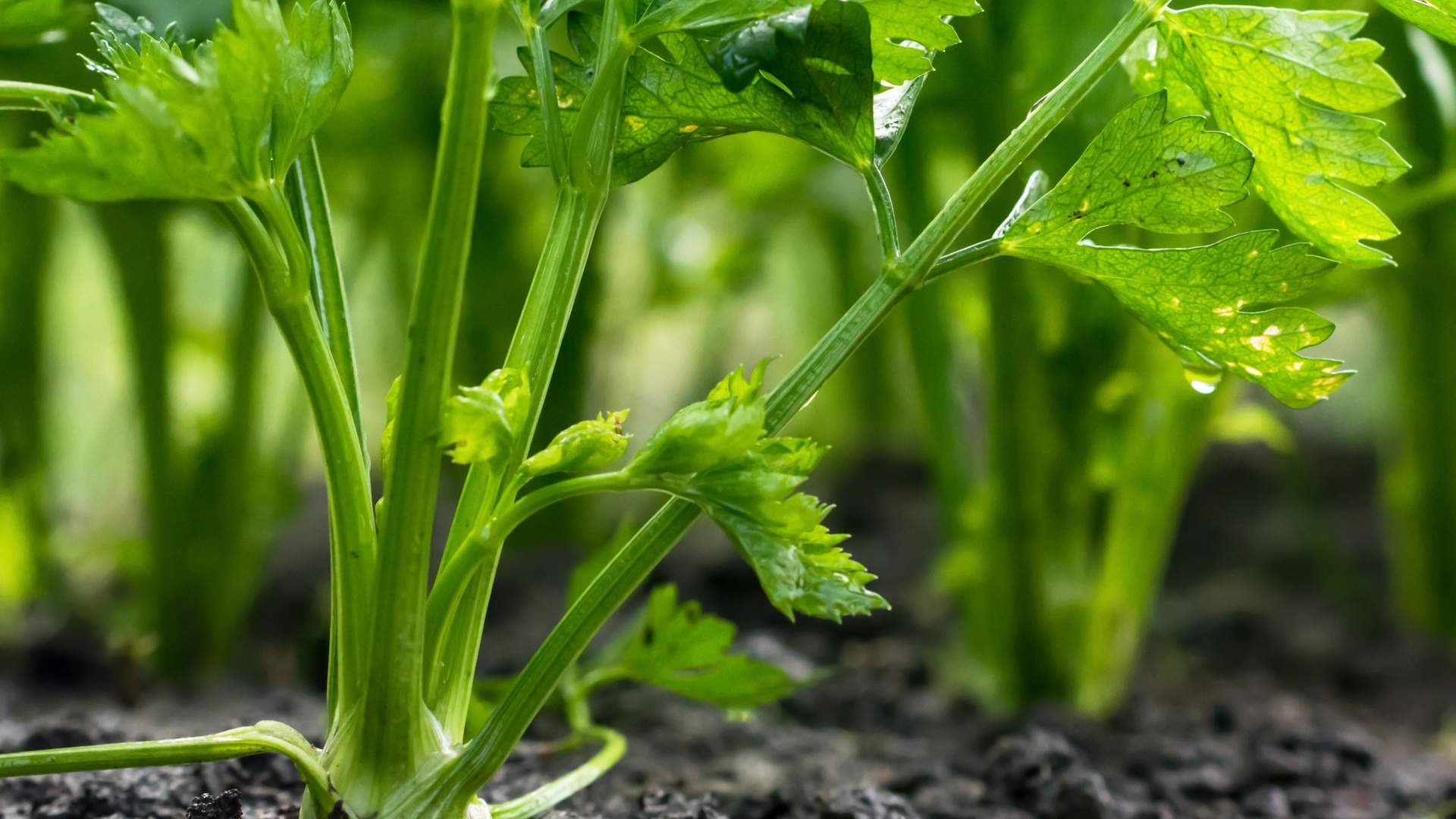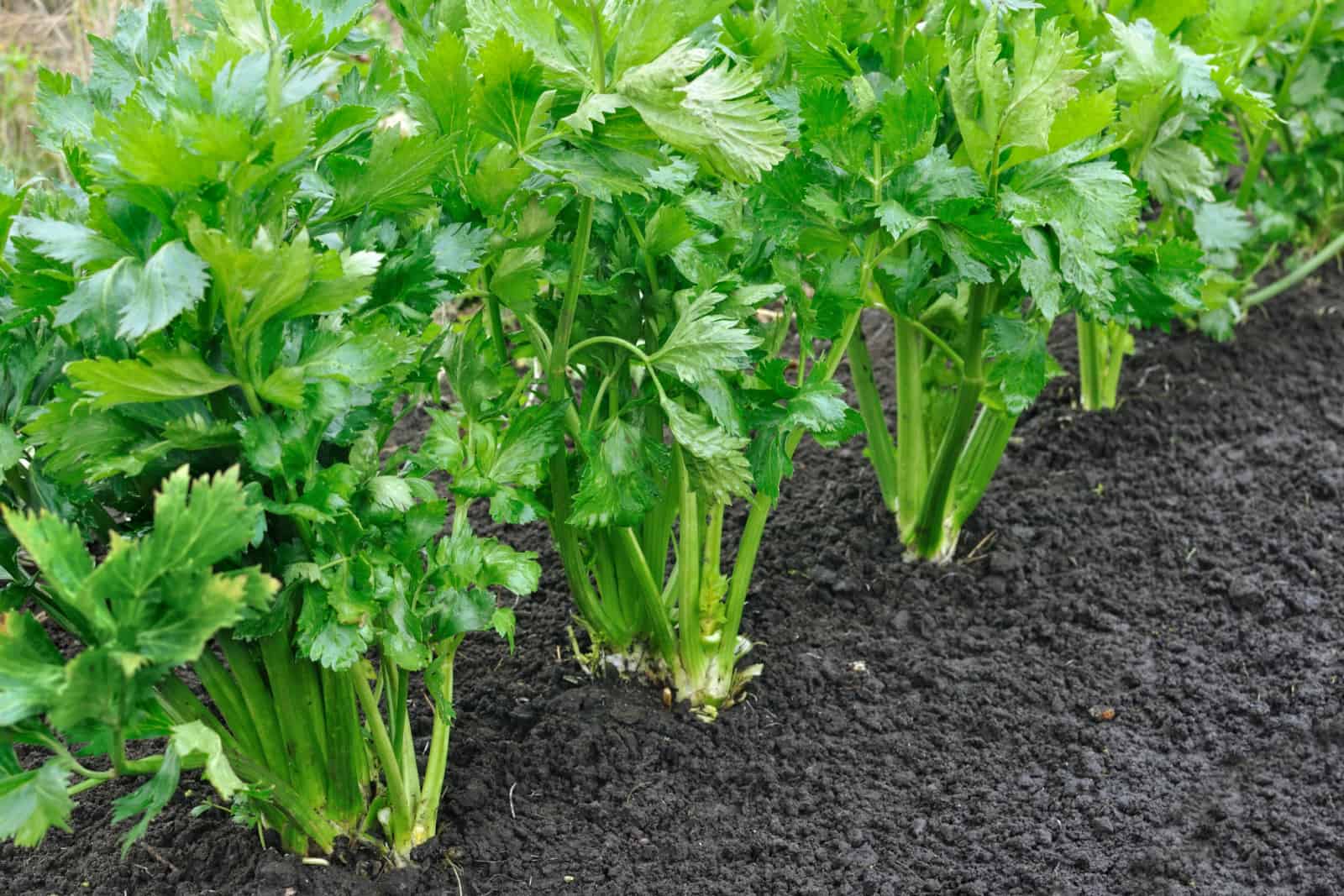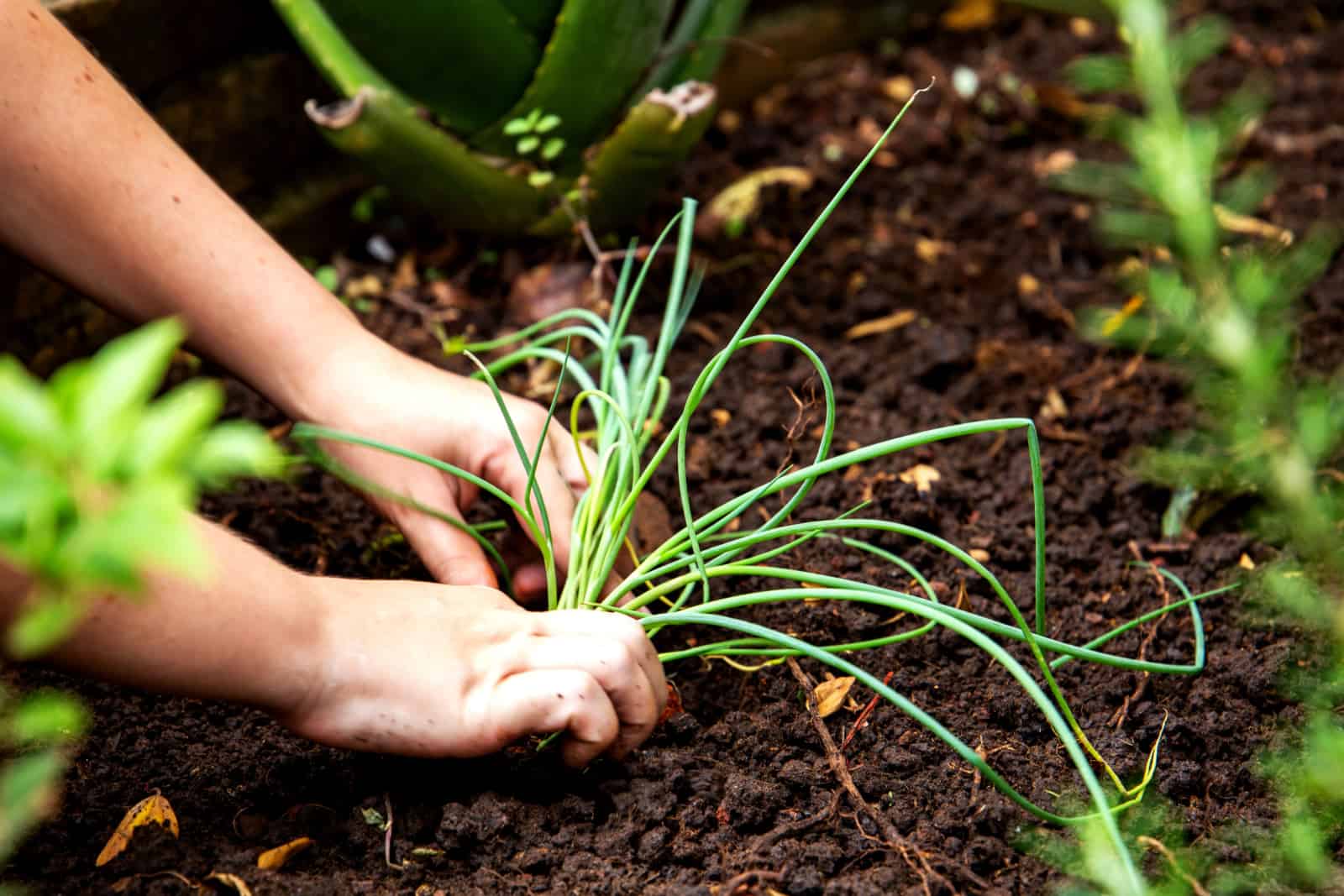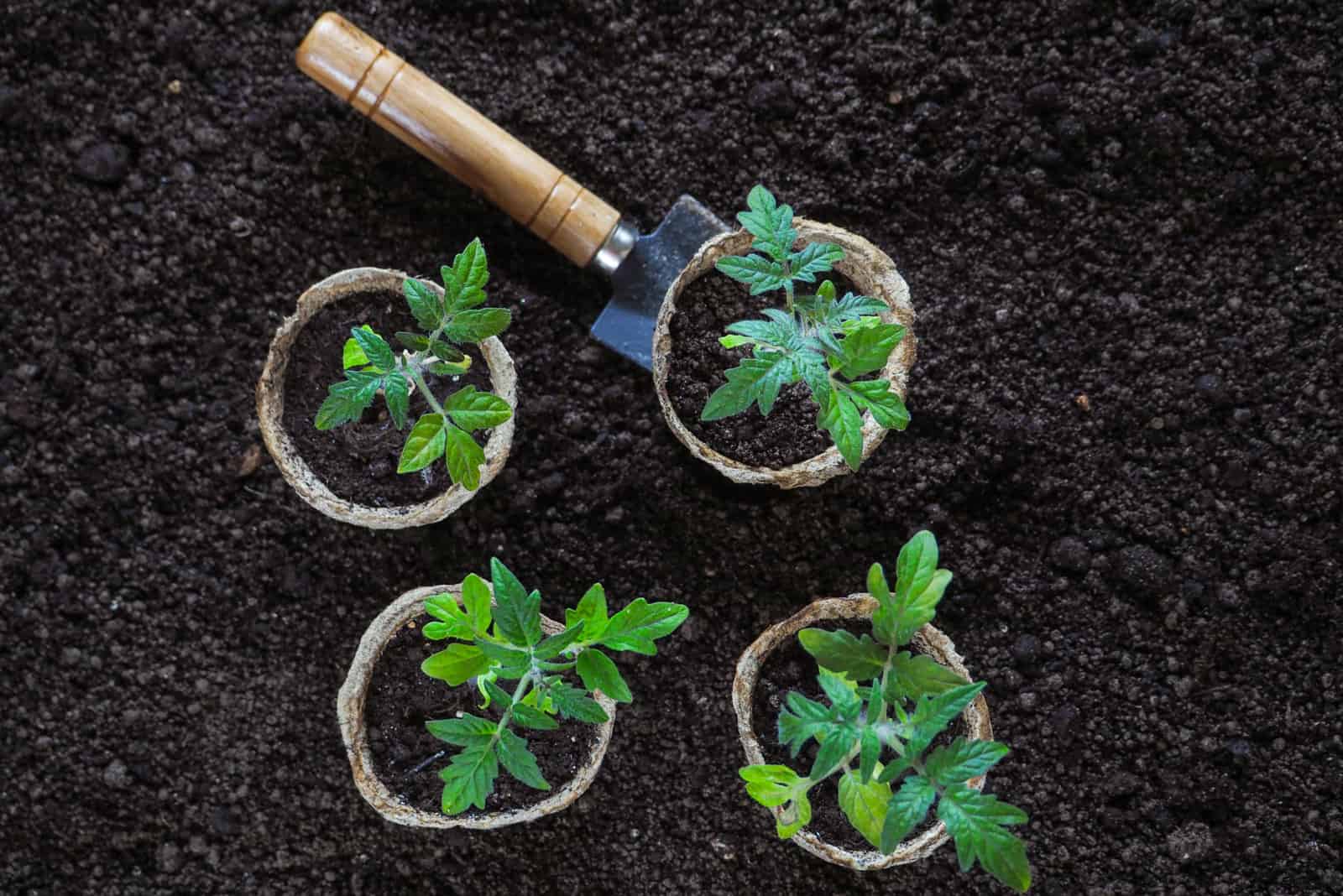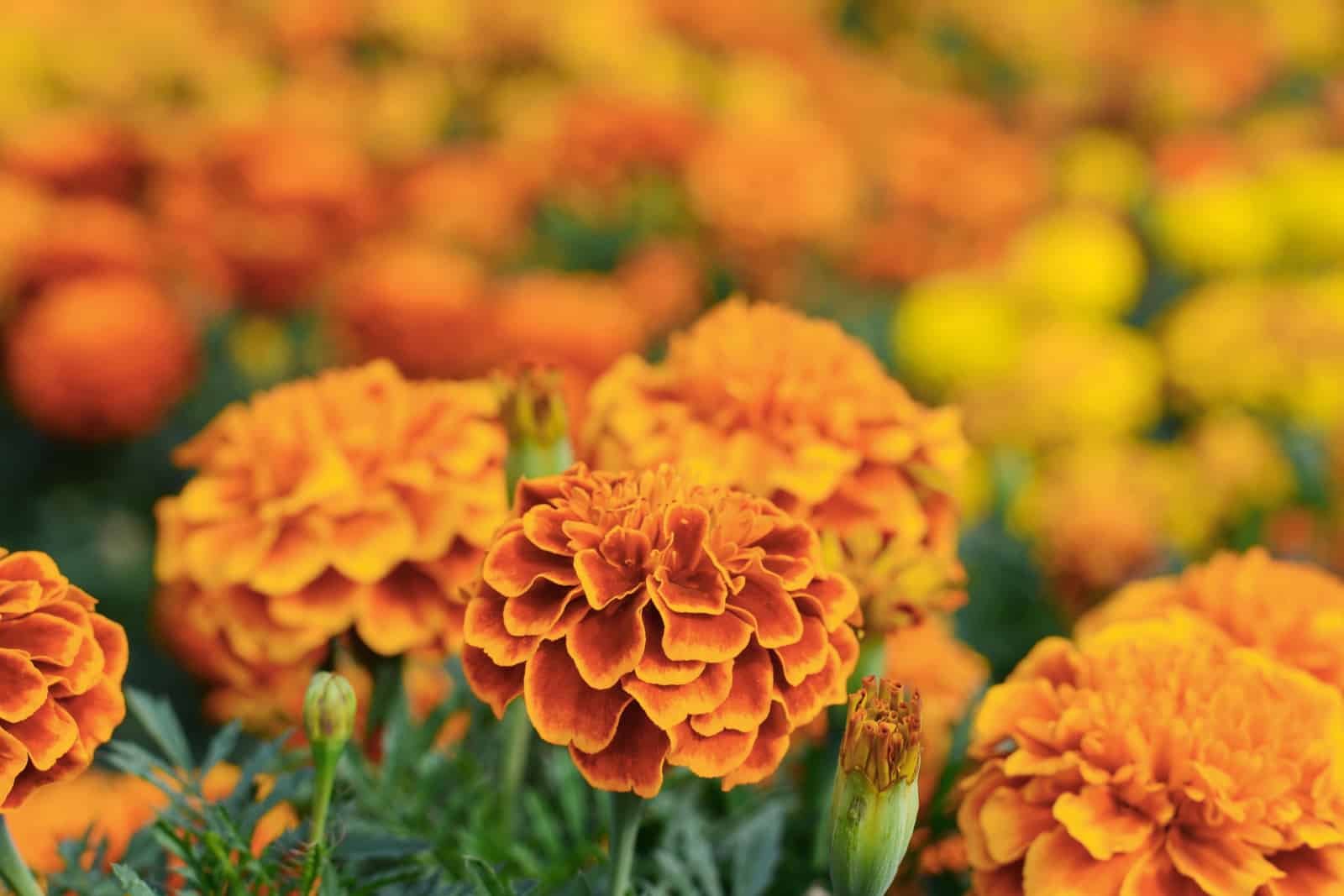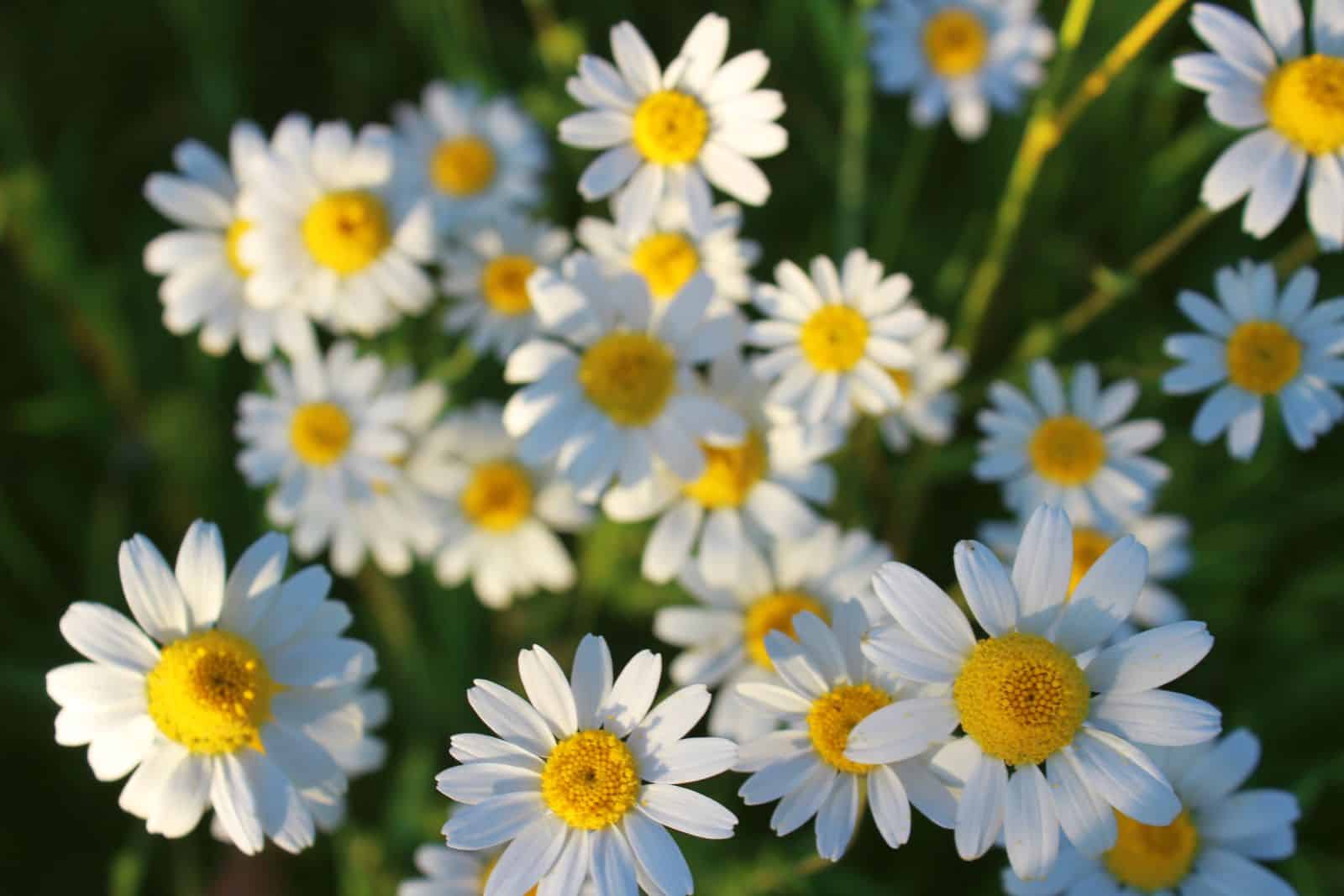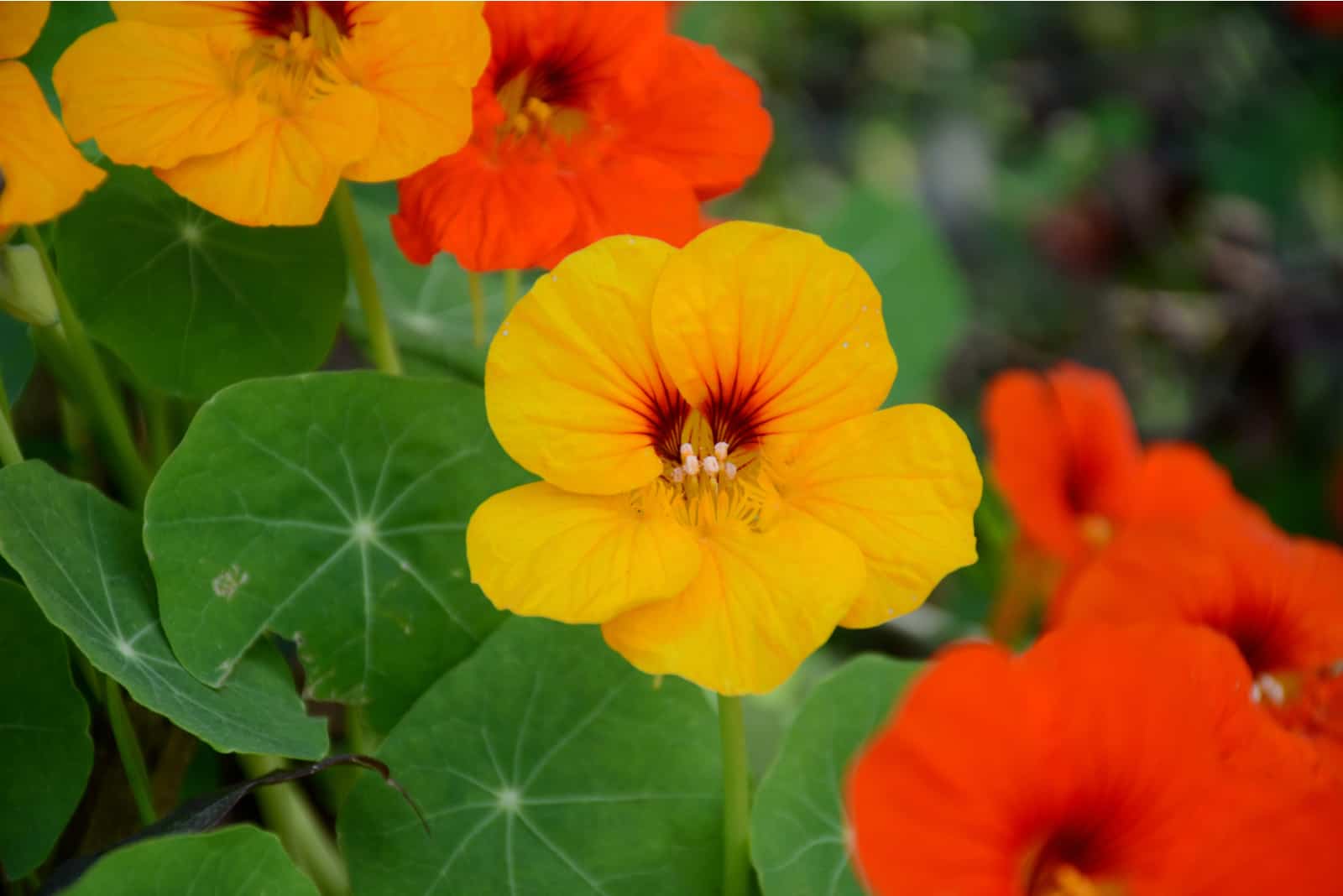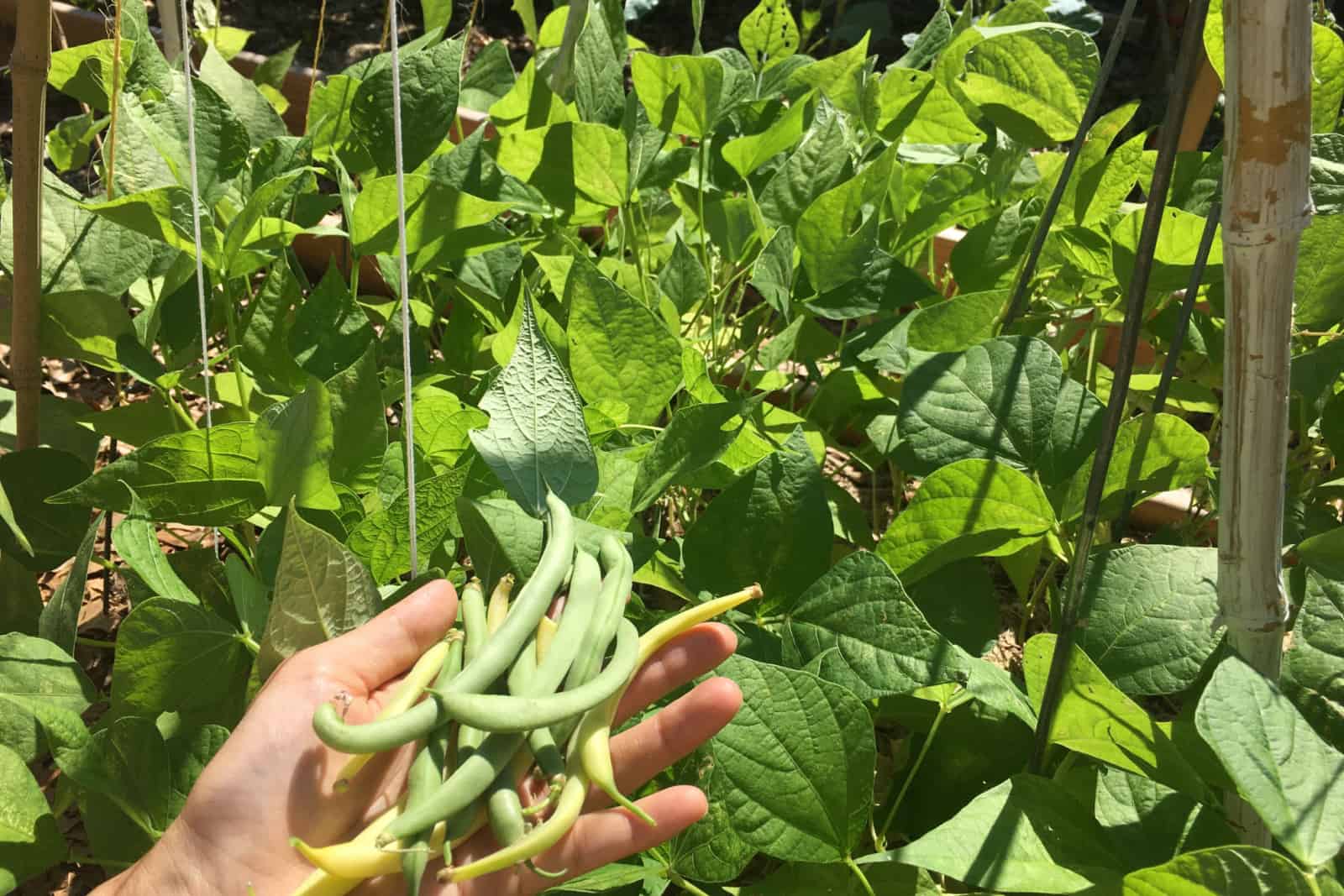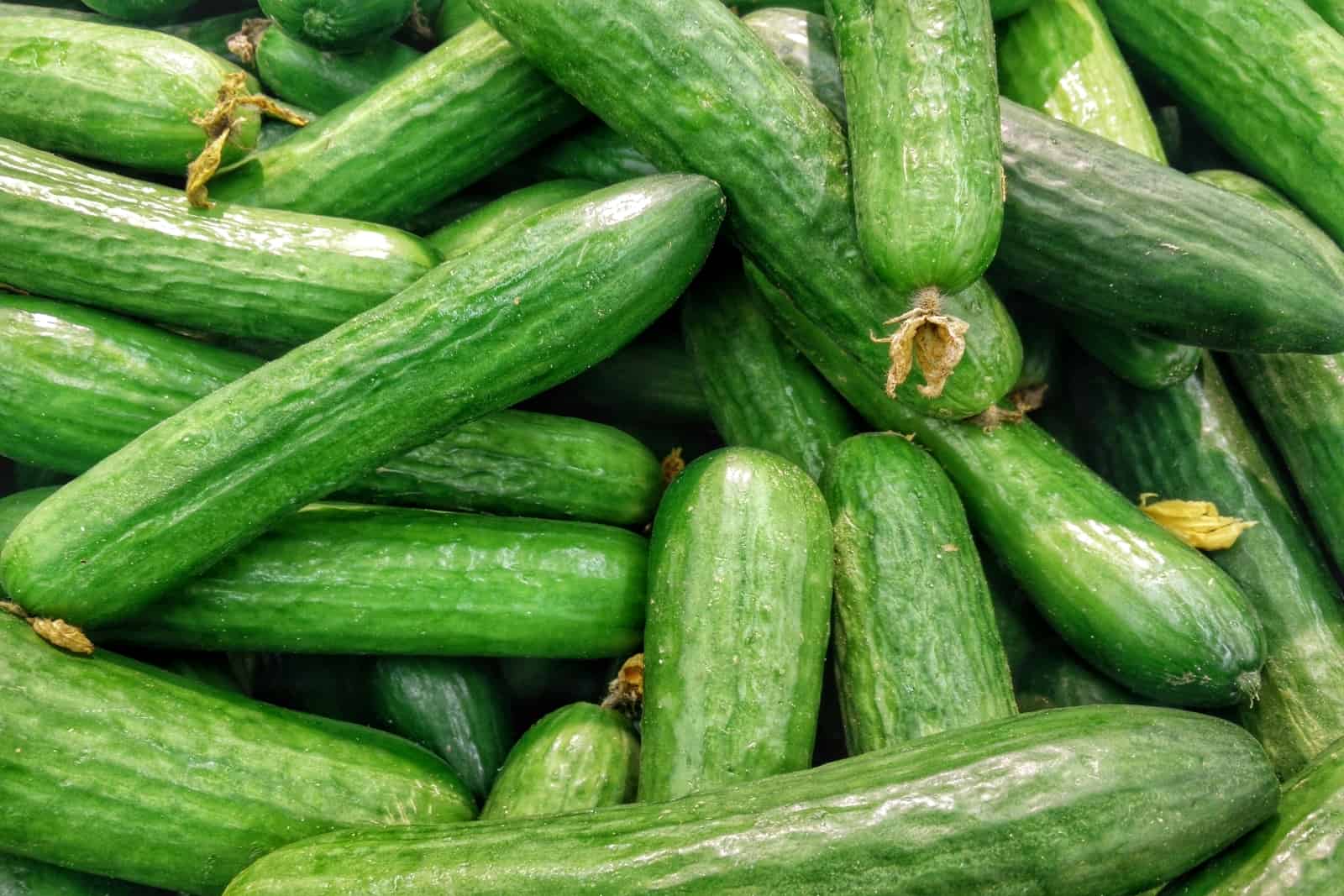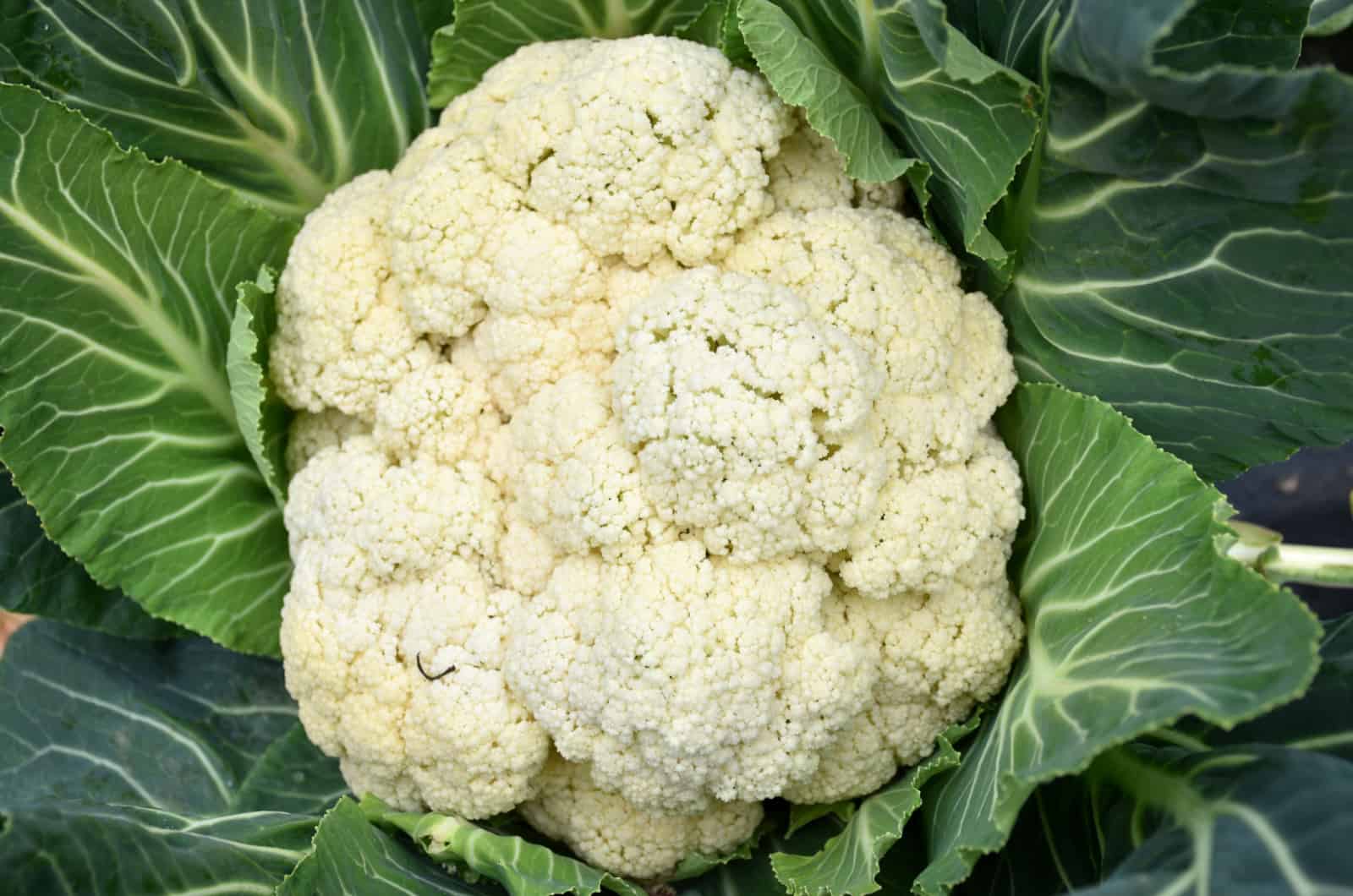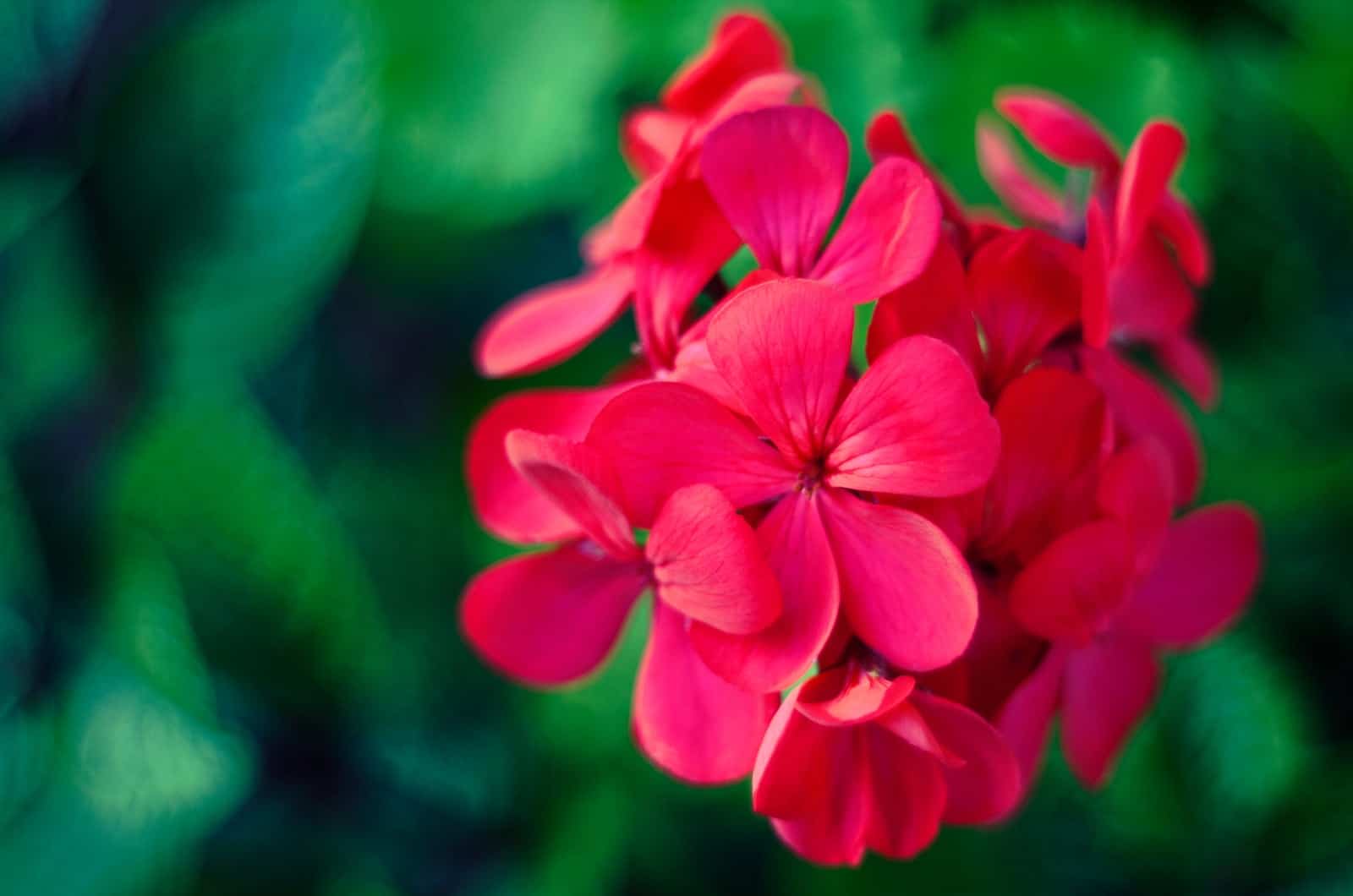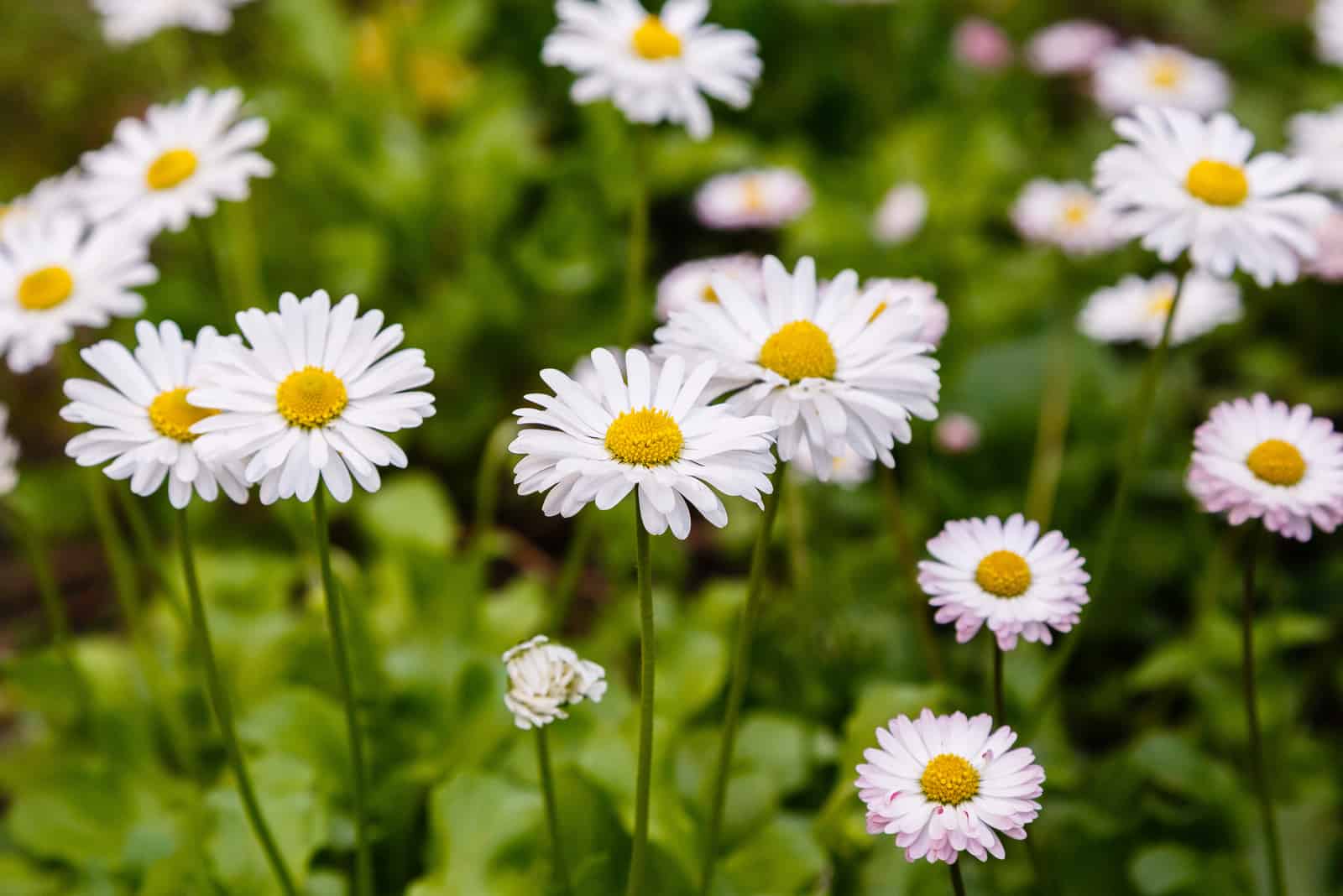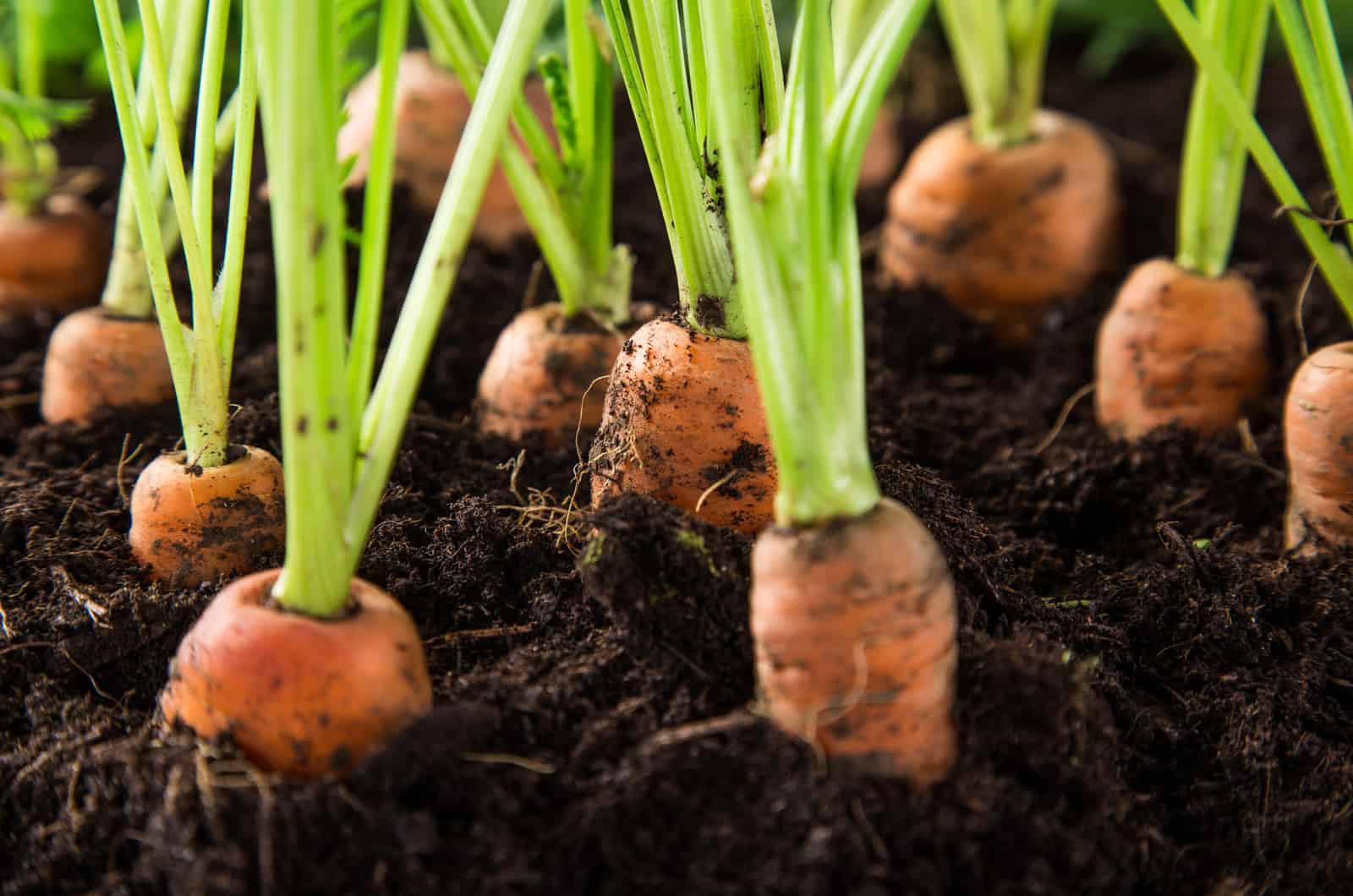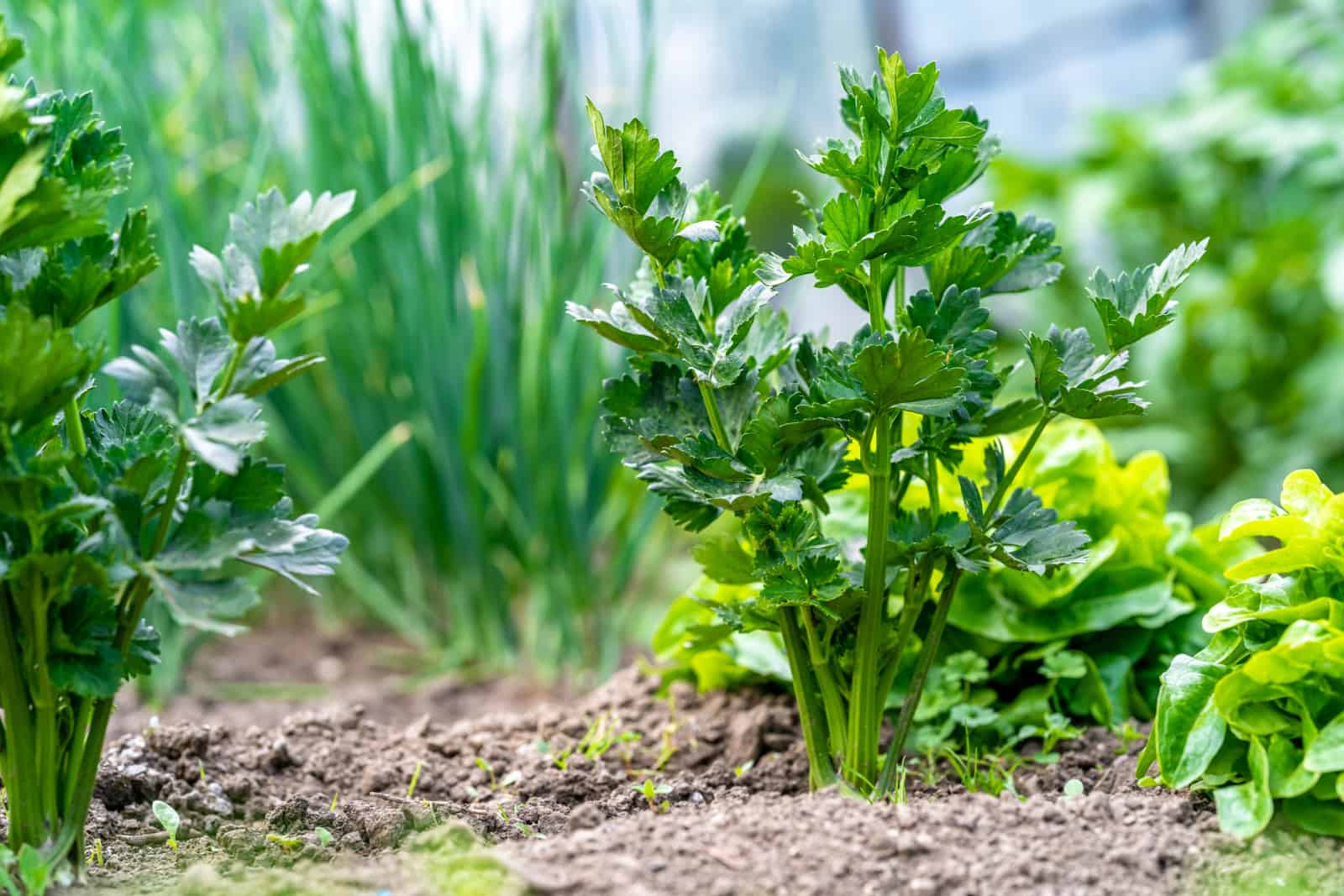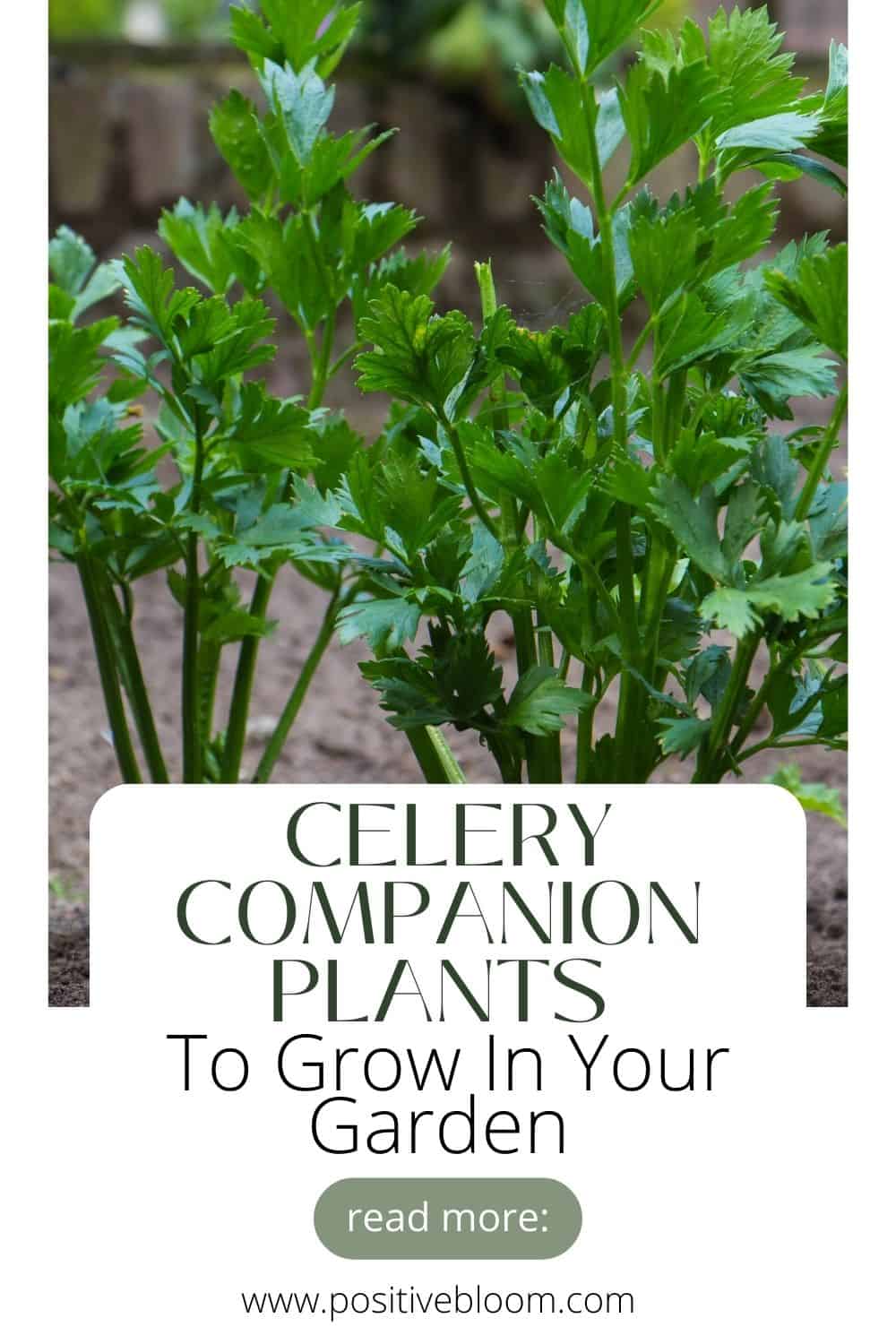Companion planting is an old gardening method that is still commonly used today. It involves growing certain plants close together to improve their growth and yield better crops.
Celery is one of the best plants for companion planting.
Not only is it easy to grow, but this plant comes with numerous benefits when grown near particular plants. So, if you are planning to grow a celery crop, keep reading to see what plants you should grow it with.
Let’s dive right in!
The Benefits Of Celery Companion Plants
Let’s go over the benefits of companion planting first. In order to ensure that crops are produced and that their growth and development are safe, it basically boils down to growing specific plants close together.
These are the advantages of companion planting:
• To provide shade — some plants have a tendency to become extremely tall, which throws a shadow over other plants that shouldn’t be kept in direct sunlight. These include asparagus and zucchini.
• Increasing growth and flavor — helpful companion plants like chamomile, marjoram, and summer savory release substances into the soil that encourage the growth of nearby plants and improve the flavor of their fruit.
• Using ground covers to protect the soil from the sun and keep the soil cool. Oregano is a low-lying plant that works well as a ground cover.
• Increasing the soil’s nutritional content — plants are used to getting their nutrients from the soil. However, some plants release specific nutrients and improve the soil’s quality. One example of a plant that fixes nitrogen and releases it into the soil so that other plants can use it to grow lush leaves is legumes.
• Keeping pests at bay – pests like cabbage worms, carrot flies, cucumber beetles, and cucumber moths can completely ruin your vegetable garden. Some plants, however, have the ability to repel these critters due to their strong scents, serving as a natural pest control measure.
• Attracting beneficial insects – every flowering fruit or vegetable needs to be pollinated in order to generate crops. You might occasionally need a little help to attract pollinators like ladybugs and bees if you live in an area with a low pollinator population.
Is Celery A Good Companion Plant?
We have already mentioned that celery is relatively easy to grow. Still, there are certain plants that can protect it from common pests and insects, and also improve its growth and development.
But are there any benefits that come with growing celery nearby?
Well, sure there are!
Celery has a strong scent, which means that it can repel numerous pests that would otherwise destroy your veggies in the garden. The most common pests that they deter include bean beetles, cabbage butterflies, and cucumber moths.
The Best Celery Companion Plants
Now we have covered the basic principles of companion gardening, let’s take a look at what plants go well with celery. This is especially important if you have a small garden, as you have to strategically plan where to plant certain herbs and veggies.
Some of the best companion plants for celery include alliums, tomatoes, marigolds, chamomile, pole or bush beans, nasturtiums, cucumbers, and Brassicas,… but hey, we are talking about mutual benefits here, so let’s take a closer look!
Celery & Alliums
The Allium family includes chives, leeks, shallots, and onions. Alliums are generally considered to be great companion plants. Their strong scent scares away pesky pests that would otherwise demolish your wonderful celery. For instance, garlic can be used to deter spider mites and also protect the plant and soil from blight.
As well as their anti-fungal and repellent properties, alliums can also improve the flavor of celery. A sulfur-based oil found in chives protects plants from pests, enriches the soil, and enhances the flavor all at once. Additionally, it can be used as a seasoning. The spring flowers on chives attract bees, which increases the population of beneficial insects in your garden.
Plant celery and alliums together if you want to have pest-free and delicious crops!
Celery & Tomatoes
When growing celery and tomatoes together, there is more in it for the tomatoes. This is because the scent of celery can deter the insect pests that usually invade tomato plants.
Some of these common tomato pests include aphids, thrips, and root-knot nematodes. Check out this article if you want to find out more about tomato companion planting.
Celery & Marigolds
Marigolds are an excellent choice to grow if you want your garden to be a flower-filled oasis (not to be confused with decorative Calendula, also known as pot marigolds). These beautiful plants generate vibrant flowers that are able to attract a variety of pollinators and beneficial insects, particularly hoverflies and parasitic wasps.
One of the best plants for repelling snakes, marigolds also deter pests like whiteflies, flea beetles, and cabbage worms. They even grow thick, strong roots that deter pests like moles, gophers, and root-knot nematodes from damaging your plants — this is especially important for plants prone to these critters, such as tomatoes.
Celery & Chamomile
Chamomile is a great companion plant to many herbs and veggies, including celery. The chamomile blooms are really attractive and, in my opinion, this herb can also be grown for ornamental purposes.
Aphids, spider mites, and cabbage loopers are just a few of the undesirable pests and insects that chamomile is effective at keeping away from your plants. Additionally, their distinctive aroma can keep pesky mosquitoes away from your yard.
Chamomile releases particular compounds into the soil that enhance the flavor of your celery, which is another reason you should cultivate it in your garden. You can also make delicious and relaxing chamomile tea.
Celery & Nasturtiums
Just like Marigolds, Nasturtiums are wonderful companion plants, especially for plants that are prone to aphids. In the case of celery, nasturtiums are great for keeping flea beetles away (they like to munch on delicious celery stalks and leaves).
Nasturtium thrives in harsh environments and gets along with a wide range of plants, largely because it produces attractive blooms that draw helpful insects like hoverflies, which can almost completely eradicate pests and insects like aphids, cucumber beetles, whiteflies, etc.
These plants are often referred to as “trap crops” because they catch insects and pests that might otherwise destroy nearby plants.
In addition, they also produce beautiful flowers that can make your garden look amazing.
Celery & Beans
Now, you can either plant pole beans or bush beans, it works either way!
When we talk about bean companion planting, there are several benefits that come with it. First of all, they are part of the Legume family. These plants are also known as nitrogen-fixating plants.
This means that they are able to absorb nitrogen from the air and then release it to the soil so that other plants can use it to grow and develop. Bush beans are also helpful for improving air circulation among fruits and veggies, while pole beans can provide some shade for other plants, such as celery.
In return, celery can deter bean beetles. These critters usually attack beans and other veggies from the Legume family.
Celery & Cucumbers
Cucumbers are often grown as cover crops, preventing weed growth and keeping the soil cool during hot summer days. Cucumbers contain allelochemicals that prevent weed growth, but their leaves also serve as a living mulch, so they also prevent weed production.
In addition, they will sprawl around and keep the soil cool just the way celery likes it.
The strong scent of celery stalks keeps the whiteflies away, and these insect pests absolutely love cucumber plants.
Celery & Brassicas
Brussels sprouts, kohlrabi, cabbage, collards, radishes, cauliflower, kale, and broccoli are all heavy feeders that belong to the family of Brassicas. These are not great companions to most plants in the garden because they are heavy feeders, and they will just end up competing for nutrients and produce leggy crops as a result.
However, this is not the same when it comes to celery. In fact, celery and Brassicas make a great team!
First of all, the unique fragrance of celery serves as a natural repellent to white cabbage moths, and these critters have destroyed many harvests. Second of all, large Brassicas can grow relatively tall, thus creating shade that celery shoots desperately need, which ultimately extends its growing season.
Celery & Hyssop
Hyssop attracts a large number of beneficial insects that protect your vegetables from pests.
It gets along well with decorative grasses and other herbs, such as celery, but it also goes great with grapes, cabbage, and cauliflower.
Hyssop is said to help grapes grow and ward off cabbage moths, but it doesn’t go well with radish (really, the radish doesn’t perform well because hyssop inhibits its growth and development).
Other aromatic herbs, such as mint, sage, oregano, or rosemary, are also companions that celery needs. These herbs have strong fragrances that deter the pests which usually infest celery.
Read also: 40 Plant Herb Companion Planting Chart And Their Benefits
Celery & Geraniums
It is a good idea to plant Geraniums (also known as Pelargoniums) in your garden because they are toxic to Japanese beetles.
However, Geraniums are poisonous to both people and animals, so take precautions to prevent them from ingesting the leaves, which could result in nausea, vomiting, and diarrhea.
In order to avoid overwatering geraniums, wait until the leaves begin to droop before softly watering the plant.
Beginners should be aware that Growing geraniums can be difficult, so do your homework before planting. They are very useful to the garden, so it’s worth learning about them!
Not only are they good at trapping Japanese beetles, but they also deter worms, slugs, and flea beetles that would otherwise attack your celery.
Celery & Daisies
Daisies are drought-tolerant plants that love the sun, making them ideal for environments without regular rainfall.
These plants are excellent companion plants since they draw butterflies and other pollinators into your garden. They are not heavy feeders, so they can be grown together with celery. Similar plants, like sunflowers and snapdragons, are also beneficial since they can deter bad insects and attract the good ones!
Smaller types of daisies can be grown as border plants as well.
Plants To Avoid Growing With Celery
As you can see, celery gets along very well with plenty of other veggies and flowers. Yet, there are still some plants that shouldn’t be planted together with celery. The plants mentioned below shouldn’t be in your garden plan if you are going to grow celery.
Plants that should be avoided include:
• Potatoes — their harvest time simply doesn’t match. When potatoes are ready to be harvested, celery is still growing. This means that you will end up digging up celery even though it isn’t fully mature.
• Turnips, carrots, and parsnips — these veggies are not great companions simply because they all belong to the same family, which means that they are susceptible to the same pests. When grown together, susceptibility is increased. In addition, these root vegetables can easily disturb celery’s shallow roots.
• Corn — this plant is a very heavy feeder that might deplete celery of its necessary nutrients. And although some shade is beneficial, too much shade from tall corn could prevent celery from growing.
• Parsley — parsley is a member of the same family, just like celery and carrots. To stop pests and diseases spreading from one crop to another, keep all three in separate areas of the garden.
Frequently Asked Questions
1. Can celery be planted near garlic?
Yes, celery can be planted near garlic. In fact, it can be grown with all alliums. These plants have strong fragrances that repel the pests that would otherwise harm your celery. They can also improve the flavor of celery and attract some beneficial insects.
2. Can cucumbers and celery be planted together?
Yes, cucumbers and celery can be grown together. Cucumbers grow relatively low, thus serving as a living mulch, keeping the soil cool and preventing weed growth. The strong scent of celery keeps whiteflies away, which are pests that usually attack cucumber plants.
3. What should not be planted with celery?
There are a few plants that you should avoid growing with celery. These include turnips, carrots, and parsnips, as they all belong to the same family, which will only end up increasing susceptibility to pests. Potatoes should also be avoided as they don’t have the same harvesting time.
Corn is a heavy feeder that will only end up competing with celery for nutrients, which is why it is also a plant that should be avoided. Parsley is also a part of the same plant family, which is why it is also susceptible to the same pests.
To Sum Up
There are numerous celery companion plants that you can grow in your garden!
If you are growing celery for the first time, I would strongly recommend you pick one of the plants from our list that is relatively easy to grow — for instance, you can choose tomatoes because they absolutely love the sun.
However, if you want your garden to look nicer, then plant them together with Nasturtiums or Marigolds. If you want to enjoy some delicious tea and also have flavor-rich crops, plant chamomile together with celery.
Companion planting is a cool thing that you can use to improve your fruits and veggies.
I hope this article was helpful.
Until next time!
Like this post? Share or pin it for later!

